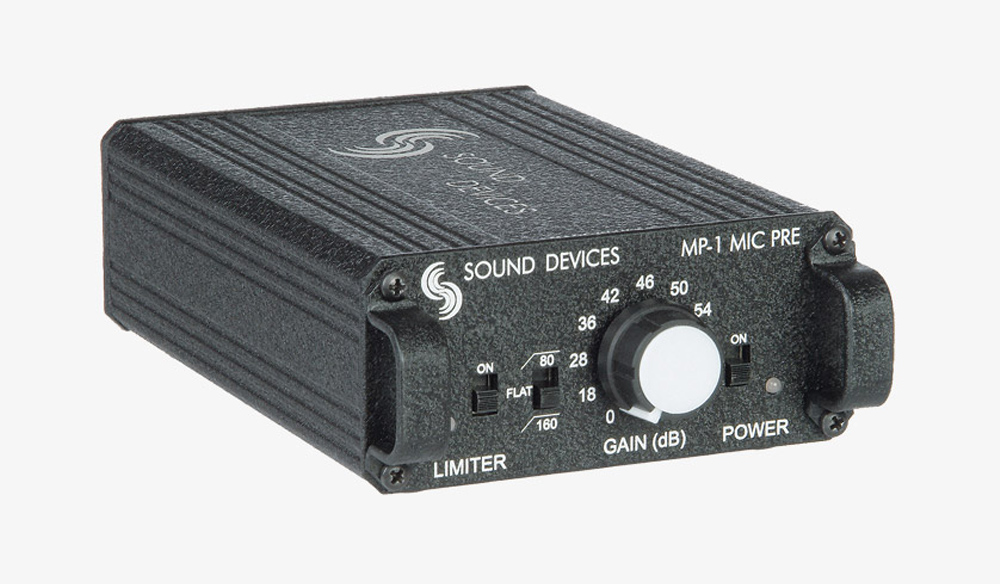Microphones are used to capture audio sound waves and convert them into digital audio signals, which can then be stored and edited on computer systems. To accomplish this, a preamp plays a crucial role in amplifying the microphone’s weak signals to a level compatible with other audio equipment. In this article, we will explore the primary functions of a preamplifier and how it can enhance your audio recordings.
What is a Preamp?
A preamp, more technically known as a preamplifier, is designed to amplify weak signals from a microphone to a higher level. This is necessary to bring the signal to a standard operating level that is compatible with various audio equipment. For example, when connecting a microphone to an audio interface, the signal goes through a preamp before being processed further.
The way that microphones work is very much like a transducer. This is a device that converts energy from one form to another. The diaphragm in the microphone turns small vibrations of air molecules (the sound waves), resulting in tiny electrical signals. Mixers and interfaces cannot work with these tiny signals and thus need a preamp to boost those signals for these devices to use them. Furthermore, the preamps boost the signal without any noise interference.
If you find yourself in a noisy recording setting, where the background noise is drowning out your desired audio source, preamplifiers can prove to be a valuable tool. By enhancing the signal-to-noise ratio, they can help produce a clearer signal.
What Is The Process Behind a Preamp?
So, what exactly happens inside the microphone preamplifier to make this happen? Here’s a breakdown of the different stages the signal goes through.
The first stage is the input stage. This is designed to accept the signal from the microphone and prepare it for amplification.
Following this is the amplifier stage. This is responsible for boosting the signal from the input stage to a higher and more suitable level. It can include several components, such as transistors.
A transistor is a semiconductor device used in electrical circuits for purposes such as amplification, switching, and signal processing. They are typically connected in a common-emitter amplifier configuration, designed to provide high gain to a low input. In other words, you need a transistor in a preamplifier!
The final stage is the output stage. It’s responsible for delivering the amplified signal to the next processing stage, such as the recording device it’s being recorded into or a mixing console.
Additional Preamp Features and Controls
Once the lower input signals have been boosted, additional features and controls help shape the sound to improve quality and clarity. Here are some of the common features found in microphone preamplifiers:

Equalisation allows the adjustment of specific frequency bands within the signal. The audio signal may have frequency imbalances, such as having too much low-end. Equalisation can fix these issues while also shaping the tonal character of the overall sound.
Compression also occurs in preamplification, which reduces the signal’s dynamic range. This is useful when taming any transients or bringing out specific signal details.
Limitation is another parameter featured in preamps that sets a maximum volume that can be useful for controlling the overall level.
Noise reduction can occur in preamplifiers. Low-cut filters or noise gates can reduce the background noise from other sources of interference.
Phase reversal can be included in preamplifiers, a switch that allows you to invert the phase of a signal. In other words, this refers to the positive and negative cycles of the signal. When using two or more microphones to capture the same sound source, they may pick up the sound at slightly different times, which in turn causes a phase issue where certain frequencies cancel each other out, causing a thin/hollow sound. To fix this, the phase reversal flips the phase of one signal so it’s in phase with the other.
Budget Preamp Recommendations
Many great options are available if you’re in the market for a new preamp but have a budget of $500 or less.
- Focusrite Scarlett OctoPre – 8 Channel Mic Preamp – $499.99
- ART Pro MPA II – 2-Channel Tube Microphone Preamp – $459.00
- Behringer ADA8200 Ultragain Pro – 8-Channel A/D & D/A Converter with MIDAS Mic Preamps – $299.00
- PreSonus BlueTube DP V2 – 2-channel Tube Mic/Instrument Preamp – $299.95
- Behringer MIC2200 Ultragain Pro – Vacuum Tube Microphone/Line Preamplifier – $169.00
- Mackie Onyx Producer 2×2 – USB Audio Interface with MIDI – $119.99
If you are an audiophile that wants a clear-cut recording, looking into preamplifiers will aid in getting that high-quality audio. It’s a great tool in your equipment and can make all the difference in your sound production work.
For more on audio, check out the following articles:
How To Use Ableton for Foley Recording

